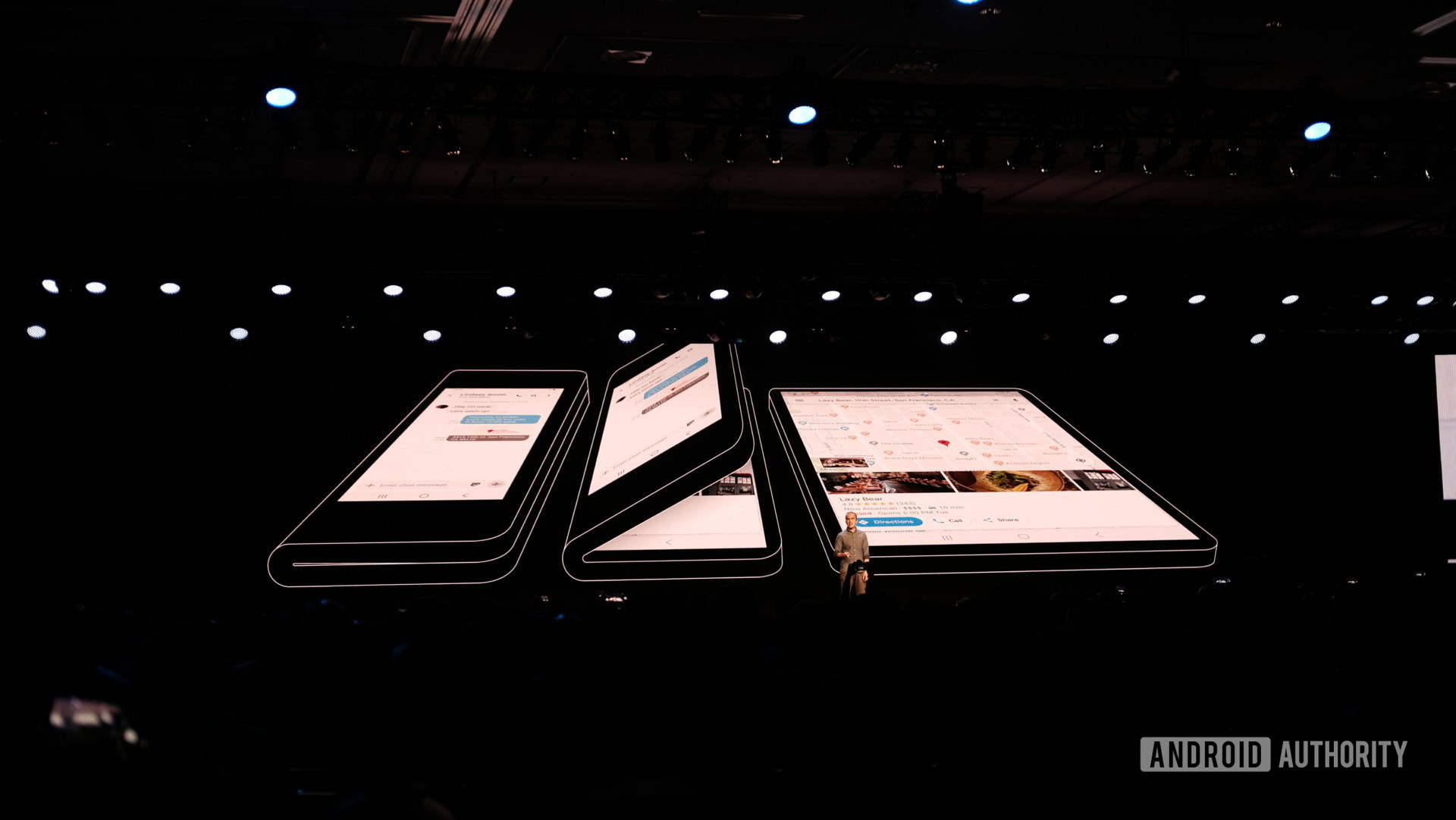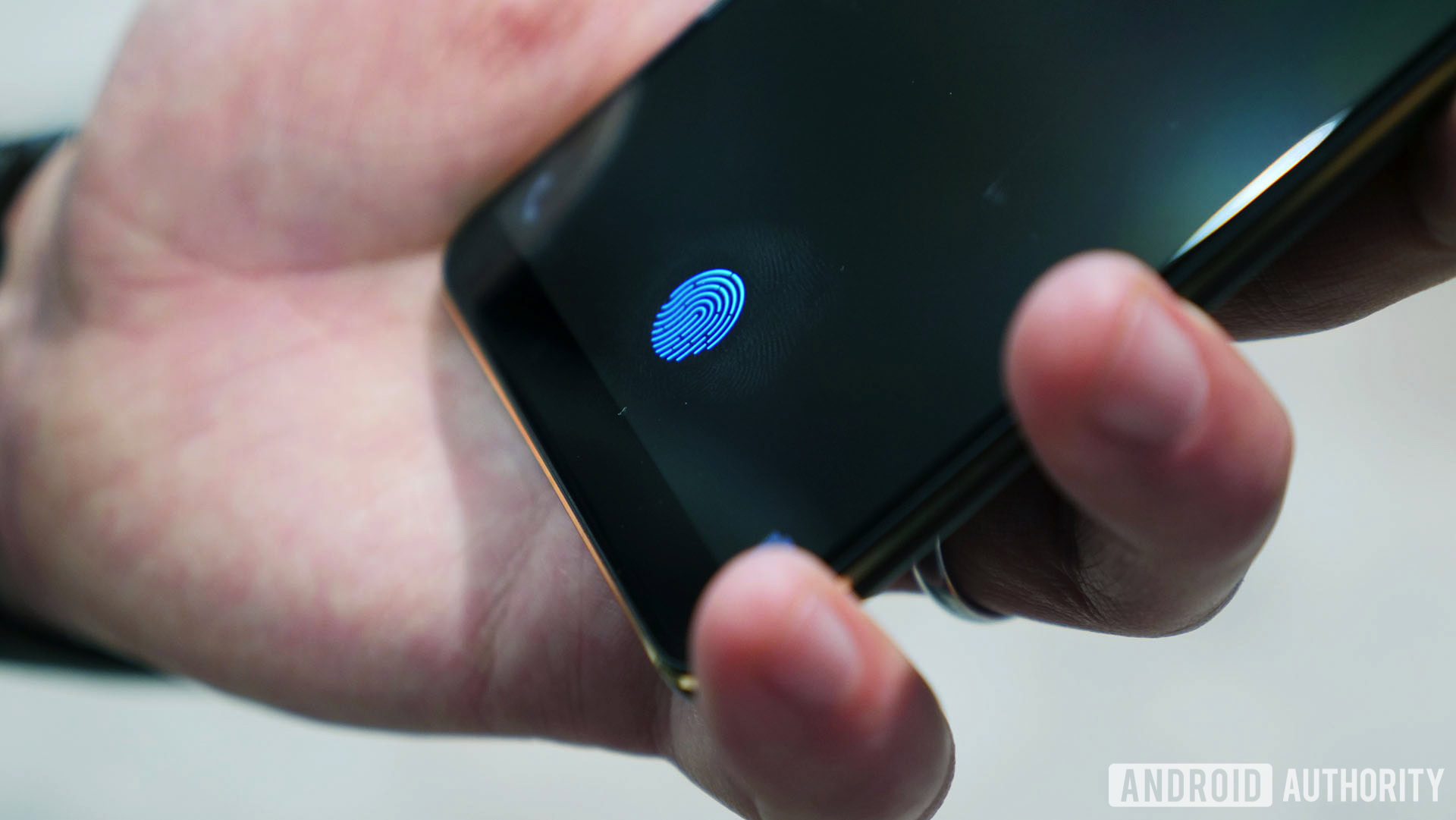Affiliate links on Android Authority may earn us a commission. Learn more.
Best of Android 2018: The best innovations

A decade into the smartphone revolution, innovation seems to have slowed to a crawl. In 2018, we saw smartphones converge in appearance, performance, and features. So many products from competing OEMs this year look and feel almost the same.
Smartphones have hit the “Plateau of Productivity,” the final stage of the hype cycle, when incremental refinement replaces the wild growth of early days. That’s not necessarily a bad thing. Just look at our Best of Android 2018 results: there’s no runaway winner, but you won’t find any truly bad product on the list either.
Mature technology is a boon to the average consumer, but hardly exciting for us technology lovers. Fortunately, 2018 has not been devoid of meaningful innovation.
How we picked the winners
Our Best of Android awards stand out through their heavy focus on stringent testing and measurable performance, but you can’t really measure, weigh, or dissect innovation. That’s why we turned to good-old-fashioned human intuition and polled our resident team of over 30 Android experts for the best smartphone innovations of 2018.
In phase one, we asked everyone to nominate the most innovative new technologies and features of 2018. In phase two, we voted for the top contenders. Here are the best smartphone innovations of the year, according to the Android Authority team.
1) Google: Duplex

Google Duplex was the absolute highlight of Google I/O 2018 and for good reason. Duplex encompasses two mind-blowing technological achievements. First, it synthesizes a convincingly human-sounding voice on the fly, complete with natural intonation, cadence, and even those “ums” and “ahs” we all tend to use. Then, it picks up and “understands” natural language in real time, and can even deal with heavy accents, background noise, and less than clear human interlocutors. It’s downright amazing and more than a little creepy.
Google Duplex is still a ways off from passing a Turing test, but it’s definitely heading there. For now, it can handle simple tasks like booking a table at your favorite Chinese place, but it’s easy to envision it taking over more complex tasks in the near future.
Duplex is not a fancy proof of concept, it’s already out in the real world. Earlier this month, Google started rolling it out to Pixel users, giving them their very own robotic assistant. It’s limited and imperfect – it only works as intended about 80 percent of the time and it doesn’t work at all with some restaurants. But the core of the technology, the human-like interaction, is just as good as the demo we were shown on stage at Google I/O. Google is also deploying a Duplex-like spam-screening feature to the Android phone app, promising to finally rid us of pesky telemarketers.
Duplex is the biggest innovation of the year and potentially the decade
Duplex-enabled applications will help us in our daily lives in ways that have been completely inaccessible until now, thanks to their ability to speak to humans, just like humans. For this reason, Duplex is the biggest innovation of the year and potentially the decade.
2) Royole and Samsung: Foldable devices

For years, Samsung’s lead in the foldable device race has gone unquestioned. We all assumed the Korean giant would be the first to release a folding device, but tiny Chinese startup Royole beat it to the punch.
Royole’s FlexPai may lack refinement, but the 7.8-inch tablet-phone hybrid is still the first foldable device consumers can actually order. Royole definitely still has wrinkles to iron out before the FlexPai is ready for the mass market. Nevertheless, if the device ships by the end of the year, as Royole promised, it will be the first foldable on the market.
Royole can claim the bragging rights of being first to market, but for all intents and purposes, Samsung will make foldable devices mainstream. A few days after Royole revealed the FlexPai, Samsung showed its own foldable prototype, and from the few seconds we got to see it, we can already tell it’s more advanced and refined. Crucially, Samsung is also working on adapting Android for the new form factor.
Foldable display technology is a real game-changer, at a time when we’re in dire need of hardware innovation
Huawei, LG, and other manufacturers are also working on foldable devices. We only got a glimpse of it in 2018, but foldable display technology could be a real game-changer at a time when we’re in dire need of hardware innovation.
3) vivo: In-display fingerprint readers

In just one year, in-display fingerprint sensors went from proof of concept to a genuinely useful feature available on multiple mass-market devices. vivo launched the first smartphone with a fingerprint reader in its screen, the X20 Plus UD, and followed it up with the X21 UD, vivo Nex and even mid-rangers like the vivo V11 Pro. HUAWEI, OPPO, Meizu, Xiaomi, and OnePlus followed suit, but vivo remains the biggest proponent of the technology.
Some have dismissed in-display sensors as a party trick or change for the sake of change, but the tech has tangible benefits. It frees up space and it’s more intuitive and easier to use than rear-mounted sensors.
Current sensors are just the first step to the ultimate goal, which is to embed fingerprint detection in the entire screen
Currently, in-display sensors are less reliable than conventional ones, but that will likely change over time. Current sensors are just the first step to the ultimate goal — to embed fingerprint detection in the entire screen. Once that happens, authentication will become seamless and continuous, dramatically improving the security of our most personal devices.
Expect in-display fingerprint sensors to take off in 2019, as Samsung adopts the technology on the Galaxy S10.
We also talked about all these on the podcast
That’s a wrap, folks! From where we’re standing, Duplex, flexible displays, and in-display fingerprint readers are the most important and exciting innovations of 2018. Let us know what you think in the comments below.
The Samsung Galaxy Note 9 is the best Android smartphone of 2018. Read more about the Best of Android winner here and make sure to check out the How We Test page for the nitty gritty. Other results:
- Best camera: Samsung Galaxy Note 9 and Google Pixel 3/3 XL
- Best battery: HUAWEI P20 Pro (battery life) and HUAWEI Mate 20 Pro (charging)
- Best audio: LG V40
- Best display: Samsung Galaxy Note 9 (overall) and Razer Phone 2 (gaming)
- Best performance: HUAWEI Mate 20 Pro
The final Best of Android award is the Reader’s Choice, decided by you, our valued readers. Make sure to vote throughout the bracket for your favorite devices – the big winner will be announced on November 27.